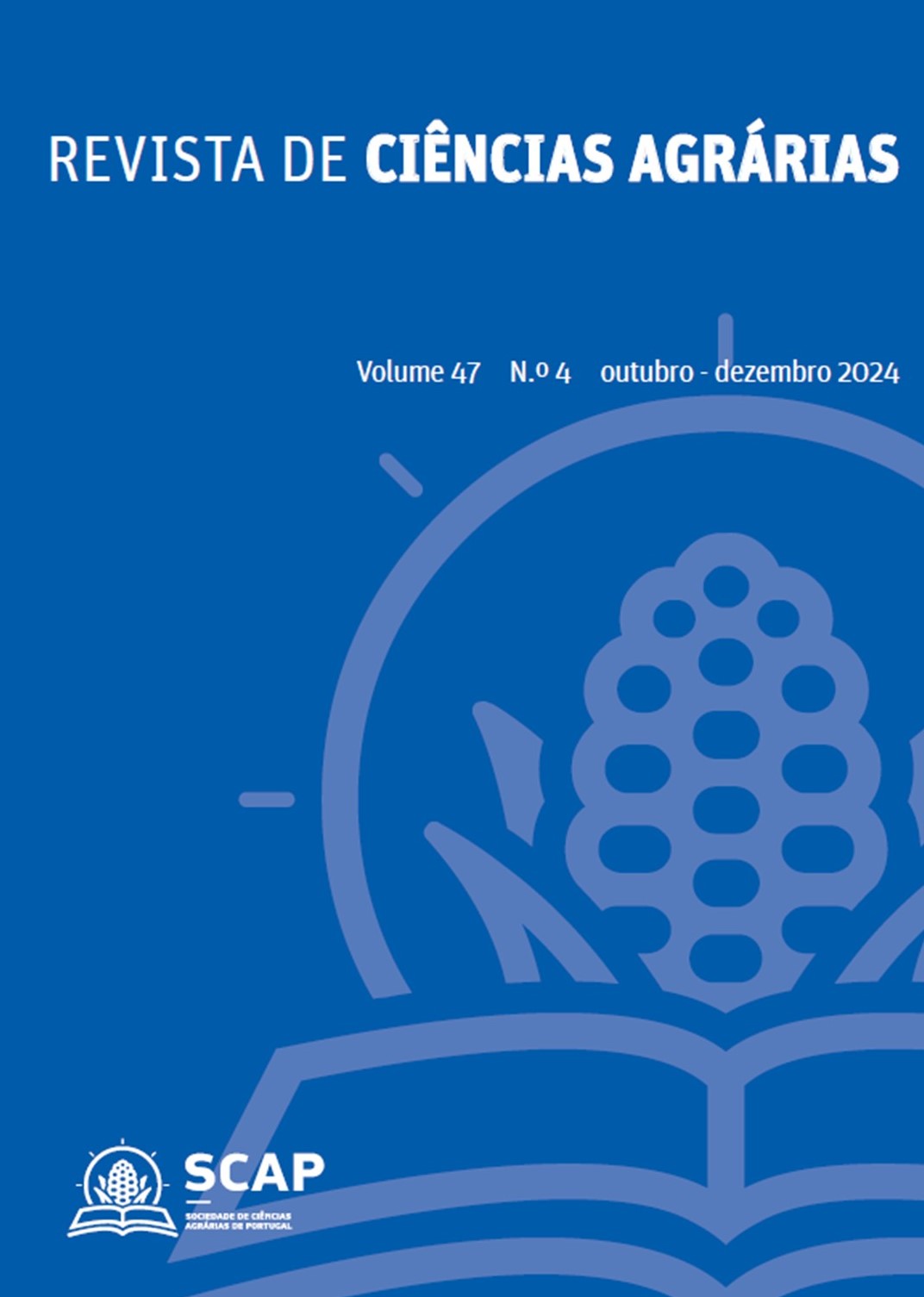Wheatbiome: unrevealing soil, plant and microbiome interactions for sustainable wheat production
DOI:
https://doi.org/10.19084/rca.38941Abstract
Wheat production, one of the most important cereal crops in the world, is facing rising challenges due to rapid soil degradation with repercussions on soil microorganisms and plant growth. This work aims to evaluate the interactions of soil physical-chemical properties, soil microbiome, agronomic practices, and wheat cultivars, for the 2023 harvest. Two case studies were established within the Wheatbiome project: The Netherlands (NL) to assess the effects of wheat cultivars and of distinct soil types; and Spain (SP) to examine the impact of irrigated vs. non-irrigated and organic vs. conventional practices on wheat production. The community-level physiological profile (CLPP) of the soil microbial community was accessed through BiologTM Ecoplates. In NL case study, the soil properties show no effect of the wheat cultivar, only reflecting the different soil types, particularly for the peatsand field. Also, CLPP indicated no differences overall for the factors in study. In SP, the effect of agricultural practices on soil properties and CLPP were inconclusive, due to distinct soil types encountered in sampling fields. Conventional non-irrigaten field exhibited differences when compared to the others, particularly on its texture and pH. CLPP revealed a reduced number of substrates used for the same field, despite comparable physiological diversity.


